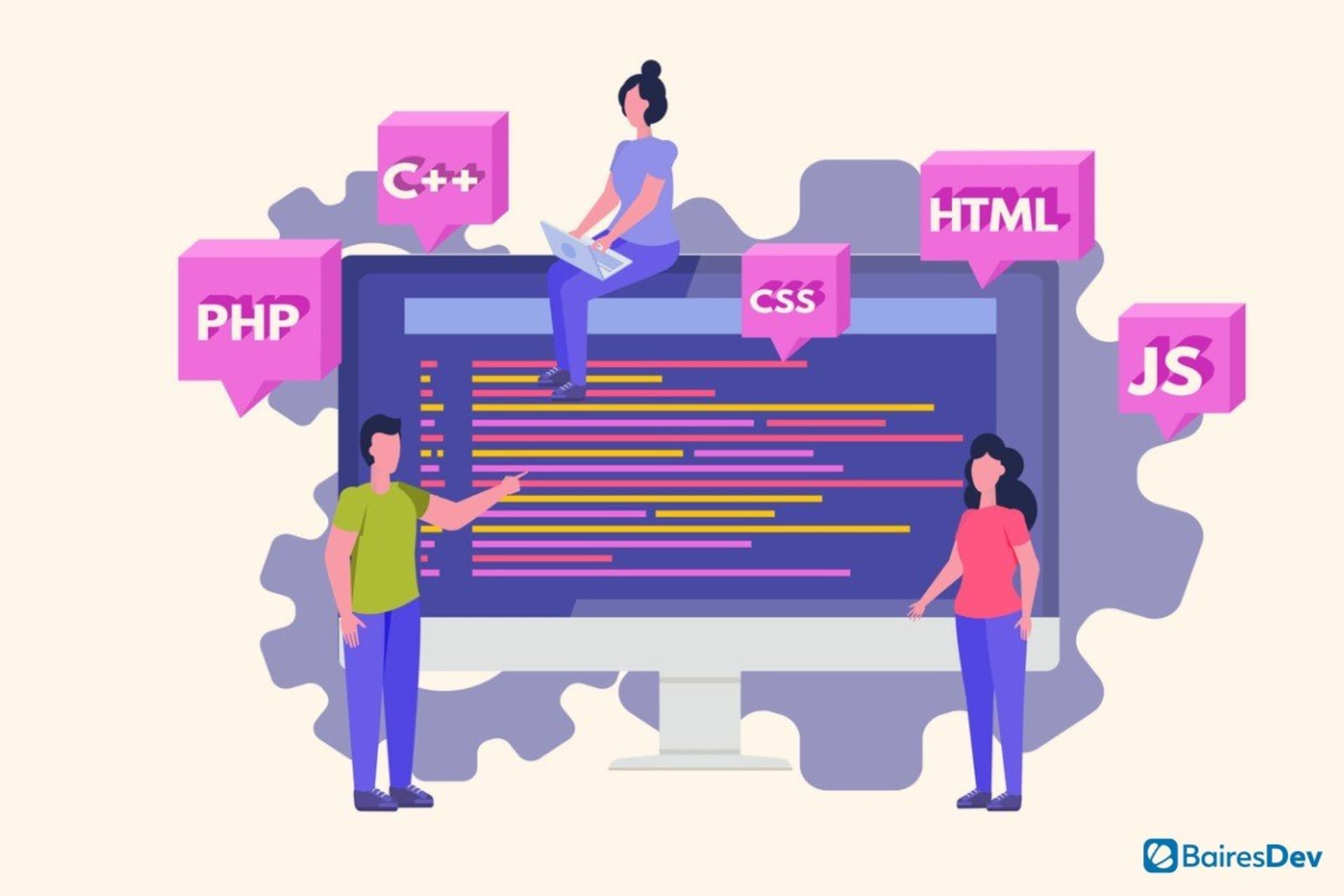With IT spending most of its time (and budget) on keeping the lights on, it’s hard for companies to embrace widespread digital transformation. This makes IT unresponsive to the organization’s need for change
The constant project backlog is why many organizations are turning to citizen developers and low-code/no-code software development platforms. While citizen developer programs aren’t new, the COVID-19 pandemic and all of the digital transformation that came along with it are driving CIOs to give low-code/no-code platforms a second look.
For CIOs contemplating these programs, the biggest challenge isn’t deciding if they need them (they do), it’s getting their peers in the C-suite and line of business managers on board.
Create a vision
The first step to getting buy-in is creating a vision. To get where you want to go, you have to know where you want to be, after all. All successful citizen development programs start by understanding 3 things: your current state, your ideal state, and why you want to make the change.
Current state v. ideal state
In most organizations, business units hit IT with more project requests than can ever be filled. Projects big and small go unaddressed or take too long to complete. This lack of responsiveness to the business fuels the ongoing perception that IT is where projects go to die.
If this description of the current state is pretty dismal then the ideal state, logically, would be its opposite, right? Well, sort of. In real life, this doesn’t happen most of the time. So, the purpose of defining your ideal state is to set a goal that you will be constantly working towards but unlikely to achieve. Without a stretch goal, as they are known, you will be unlikely to make significant progress towards solving the problems that are actually solvable.
Other stakeholders
Once you have the vision and direction, it’s time to engage with other stakeholders to sell them on the idea. Since everyone most likely knows what the problems are, it’s important to sell them the program’s benefits, not it’s features. It will save them time, increase their bottom lines, smooth out the kinks in their workflows—those are the types of outcomes that will get stakeholders on your side.
The roadmap
Like any new initiative, you need to start slow, get some “easy” wins (the proverbial low-hanging fruit), and get buy-in from stakeholders. Only then can you scale out to give the program the momentum it will need to succeed across the organization.
Once established, there is no limit to what can be accomplished using citizen developers. Today’s low-code/no-code platforms are used for highly-complex, customer-facing projects or for things as simple as adding a new field to a form on a webpage.
Start small
The first step of your program is going to involve engaging with a low-code/no-code vendor to get up and running. Then you can create a playbook that sets parameters around and defines the citizen developer’s role.
The first pass of the playbook doesn’t have to be definitive. Think of it more like a framework or outline that defines things such as project deliverables and artifacts, project checkpoints and IT sign-offs/hand-offs, standards and best practices, the processes that citizen developers need to follow, and roles and responsibilities and other program governance structures. IT’s role in this process will primarily be oversight, so lean on them for guidance.
Once the playbook is done, get a few willing folks from IT to learn the platform. They will serve as trainers for the less-tech-savvy-business-folks-turned-citizen-developers down the road.
Once you have a few individuals trained on the basics, look for projects that are intra-departmental and use data from that department. Automating processes that rely on manual data entry into Excel spreadsheets make great candidates.
Scale fast
After a few early wins, look at what went right, what went wrong, and where you can improve. Adjust the playbook and then go back and do another project. You can increase project complexity as your confidence builds.
More complex projects are typically inter-departmental and use shared data sets. They involve formulas, some custom coding, and integrations with other applications. These projects usually require IT to test them prior to entering production. Project design and development responsibilities are also shared with IT.
IT will look to see that the new workflows take into account any organizational standards (such as proper branding), maintain data privacy and integrity, are secure, and do not negatively impact application performance.
High-complexity projects
As time goes on, you can begin to tackle high-complexity projects. These projects are usually customer-facing, require custom coding, rely on inter-departmental data, and could impact operations coded incorrectly. IT may actually do much of the design and development work here but they will still use the low-code/no-code platform to do it.
Keeping track
As you move through this process it pays to track your progress by focusing on a few key performance indicators (KPIs) that will tell you if you are succeeding. These KPIs can be things such as reducing the software development project backlog, improving on-time delivery of changes, improving workflows, and/or improving the timeliness of IT’s responsiveness. All of these make for good ideal state goals that can be achieved with a citizen development program.
Scaling out
As you rack up the wins, you can build on these early successes by identifying more projects and training more citizen developers to complete them. Once there are citizen developers you can create a small community to foster cooperation and share best practices.
Some organizations even create a citizen developer center of excellence (CoE) to oversee the program and share guidelines and best practices.
As organizations of all sizes grapple with the need to embrace digital transformation, they need to utilize all the tools in the app-dev toolkit. Given the long and successful history of low-code/no-code platforms to reduce project backlogs, it’s no surprise that interest in citizen development is surging.







